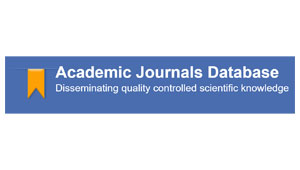Javier Jesus Oliva Gamarra, Encarnación María Torres Solís
DOI: 10.59427/rcli/2024/v24cs.1242-1249
This study focused on establishing the relationship between public administration and georeferencing in a government entity. A basic methodology with a non-experimental design, correlational and cross-sectional approach was used, using highly reliable surveys and questionnaires (coefficients of 0.948 for public management and 0.959 for georeferencing according to Cronbach’s Alpha test). The results revealed that, in public management, the predominant level was regular (57.6%), while for georeferencing it was efficient (82.6%). The correlation between both variables was positive and low (0.314), with a significant p-value of 0.314<0.05 according to Spearman’s Rho statistical coefficient. Regarding the dimensions of public management, efficiency in strategic management (55.70%) and the need for improvement in financial management (43.53%) were highlighted. In georeferencing, high levels of efficiency were obtained in geographic coordinates (81.18%), reference system (75.29%), georeferencing methods (82.35%) and geographic data (83.53%). In conclusion, the null hypothesis was rejected, underlining the importance of closing gaps through the efficient implementation of management and georeferencing strategies at the governmental level.
Pág 1242-1249, 27 Feb








